Research Areas
1- Fundamental Multi-Phase Flow Mechanics Studies at Micro-to-Nano Scale
2- Point-of-Need Detection and Point-of-Care Diagnostic Technologies for Human Health, Environmental Preservation, and Sustainable Energy Applications
3- Organism- and Organ-on-a-Chip Technologies for Disease Studies, Drug Discovery, and Tissue Engineering
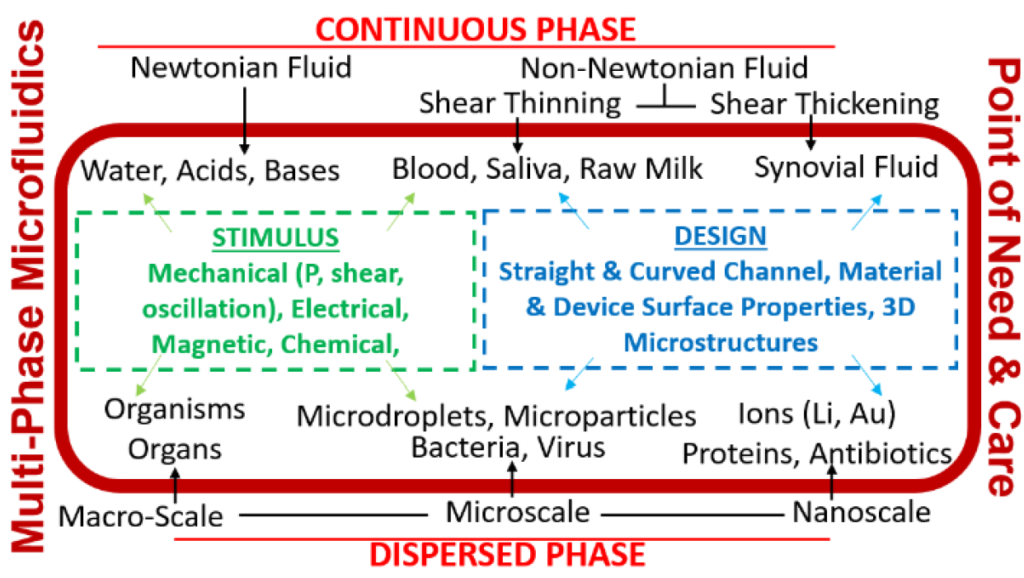
Research Program Overview
Our research program focuses on electromechanical microsystems engineering with applications in the protection of human health, preservation of the environment, and sustainable exploration of energy sources. This aligns perfectly with the United Nation’s Sustainable Development Goals 3, 6, 7, 13, 14, and 15. The long-term goal of our research program is to introduce advanced microsystems knowledge and technologies to facilitate the investigation, treatment, and prevention of human diseases, by utilizing the bioengineering and microfluidics science and technology concepts at the molecular, cellular, tissue, organ, and whole-organism levels. Achieving this goal has involved conducting fundamental research on multi-phase fluid mechanics at the micro-scale and subsequent application of the obtained knowledge to devise microsystems for manipulation and detection of various physical, chemical, and biological contaminants and disease biomarkers in a wide range of carrier fluids (see figure above).
At the fundamental level, we strive to obtain an understanding of microflow mechanics in microchannels and the interactions between fluids and nano- to micro-scale substances like heavy metal ions, antibiotics, viruses, bacteria, parasites, microplastics and other targets of interest (called Contaminants of Emerging Concern or CECs in short).
At the applied level, we utilize the above fundamental knowledge to develop miniaturized Lab on a Chip (LoC) and microfluidic devices to tackle important global challenges in the health, environment, and energy sectors, such as disease biomarker detection in human body fluids, bacteria quantification in air and water, and critical mineral ions detection in mines and battery recycling plants.
Our research has covered many aspects of microsystem engineering such as developing advanced materials and microstructures, theoretical and numerical models of fluid and particle transport in micro-environments, and microfluidic devices and LoC for biological, chemical, and environmental investigations. It has successfully led to the development of functional materials and compatible microfabrication techniques to exploit their use as sensors and actuators in microfluidic devices. These techniques and devices have proved useful in various applications including the development of
- Portable microfluidic point-of-need platforms for multiplexed and high throughput sorting and detection of molecules, microparticles, and microorganisms in air, water, and energy applications; and
- LoC for quantitative investigation of small-scale organs-on-chips and model organisms such as C. elegans, D. melanogaster, and D. rerio, for disease investigation and drug discovery.
In the future, our research program will continue to advance multi-scale miniaturized devices for disease investigation and prevention, environmental monitoring, and energy source exploration with a focus on
- Organ-, organoid- and organism-on-a-chip technologies for disease investigation, drug discovery, and tissue engineering
- Field-deployable microfluidic platforms for point-of-care diagnostics (PoCD) of disease biomarkers and point-of-need detection (PoND) of CECs in the environment and critical minerals in industry extraction plants.
Research Funders
We have received funding from the following government, industry, and university-based sources and we are extremely thankful for their support and trust in our research.
Government
Industry
University








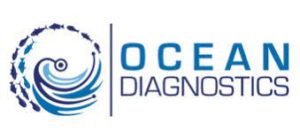





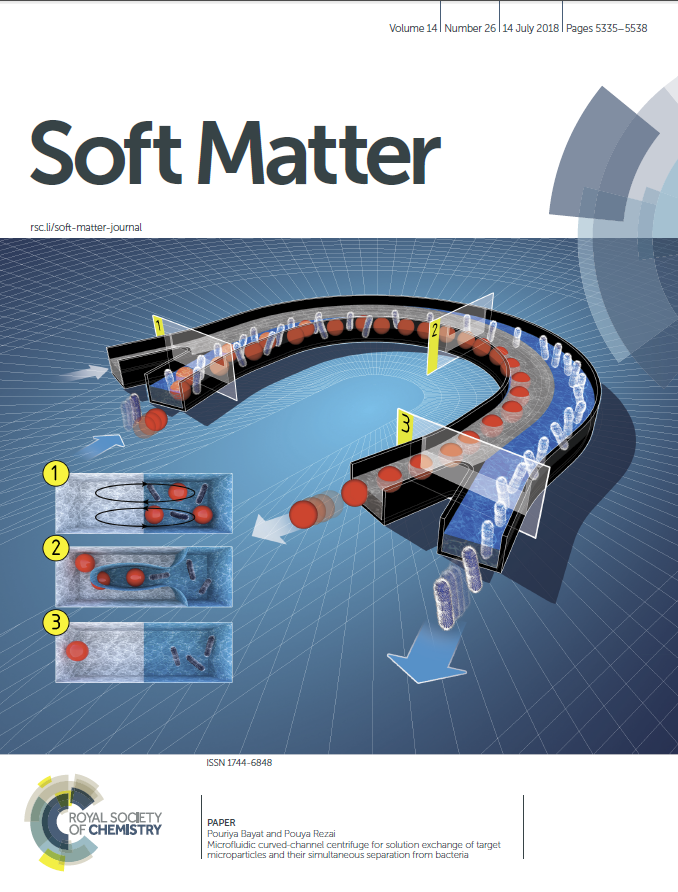
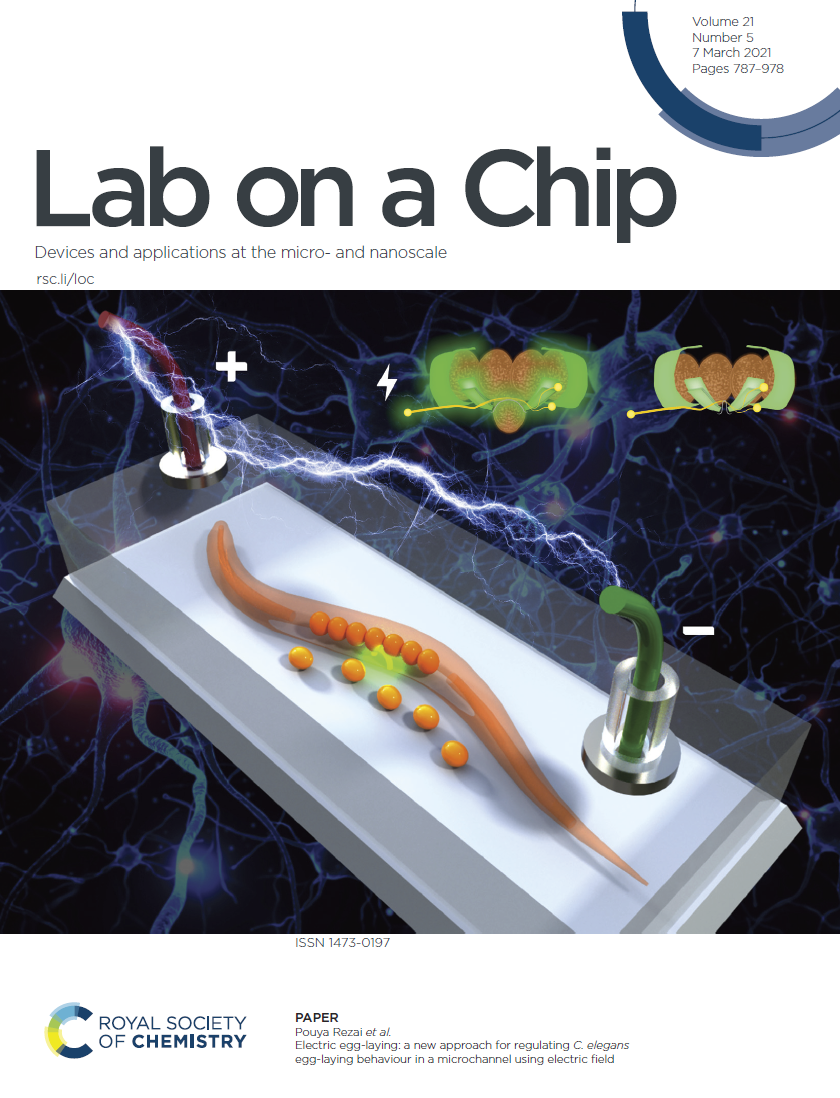
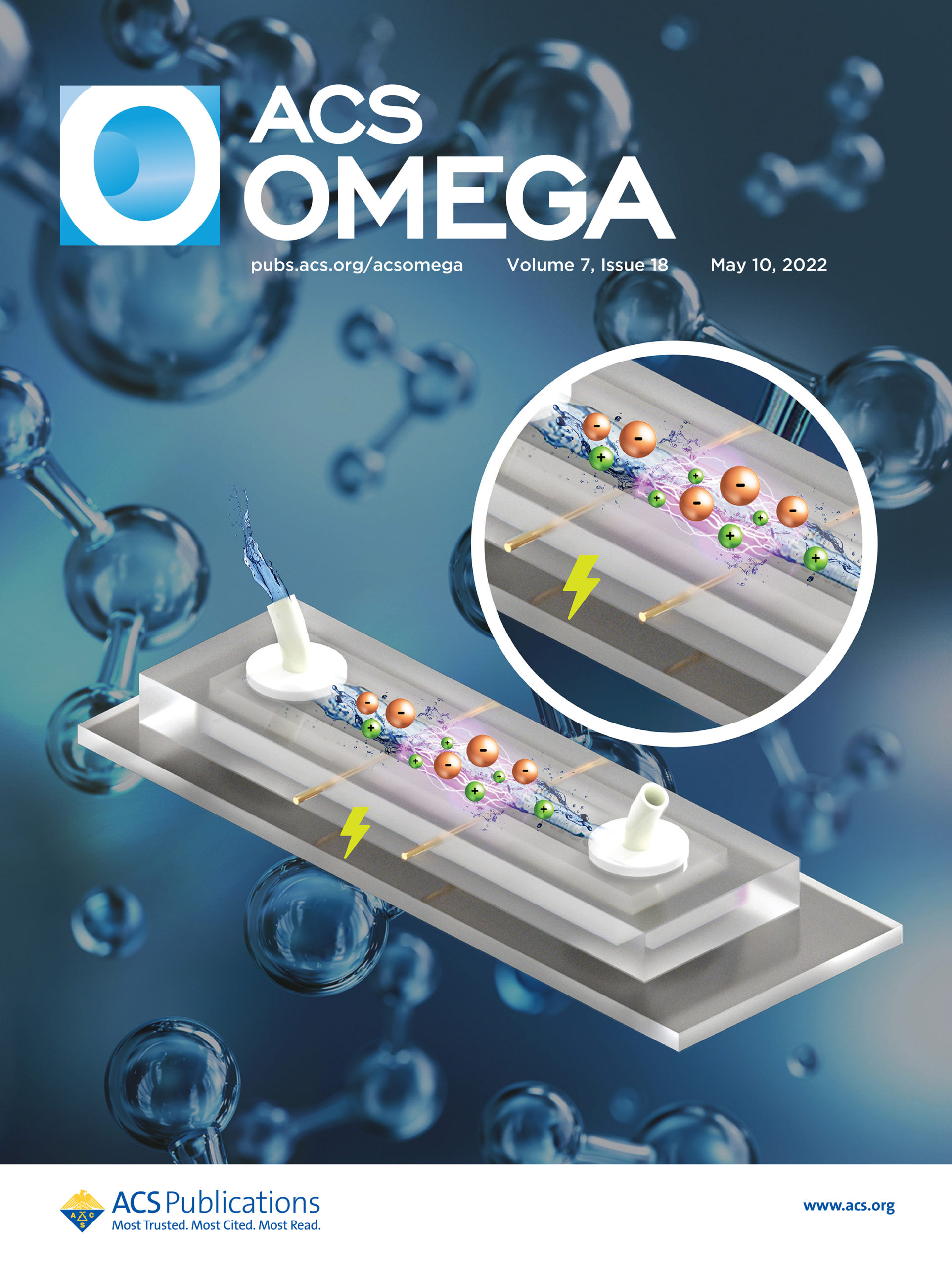
Collaborations
Interaction with industry and other research and development laboratories nationally or internationally have been and will be an integral part of our research efforts. The nature of our research is highly interdisciplinary and we believe in team effort enabled by individual's excellence.
Read More